Rank on Google's first page in 3 months
What Is Anchor Text? How to Optimise Your Anchor Text Strategy For SEO?
Oct 06, 2022 | Athira K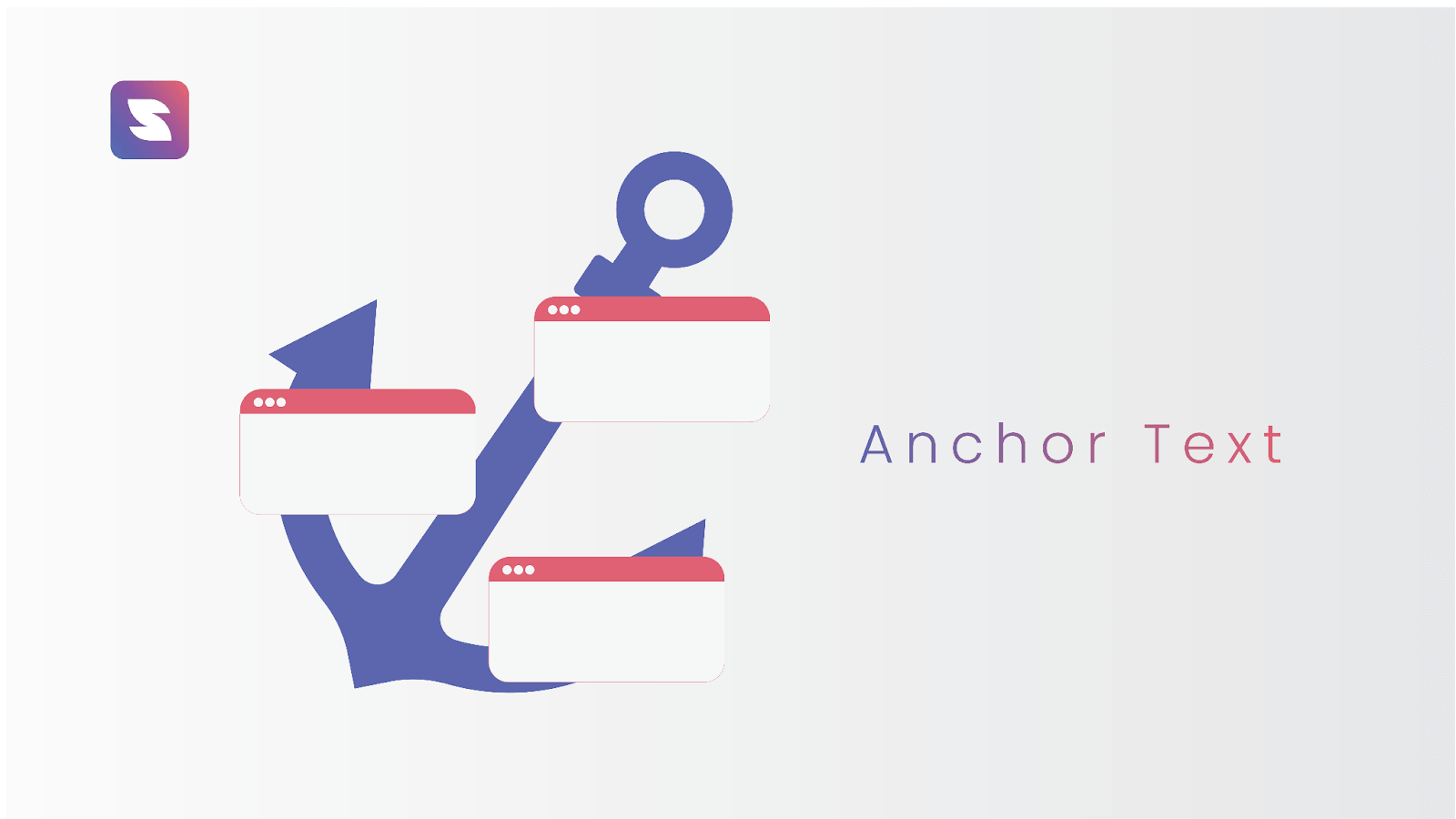
You’ve just created your first website and are on the search engine results page (SERP) for the first time. You see a pattern of keywords or ‘tags’ related to your business, but you notice something missing — no one is linking to your site! You realize that amazing content is essential. That’s exactly where Anchor Text can work wonders for you.
What is an anchor text? How can you optimise your anchor texts for search engines? How can it benefit you? This extensive guide will answer all your questions. Curated by professional SEO experts and analysts, this guide covers the inside-out of Anchor Text. Let’s discuss.
What Is Anchor Text?
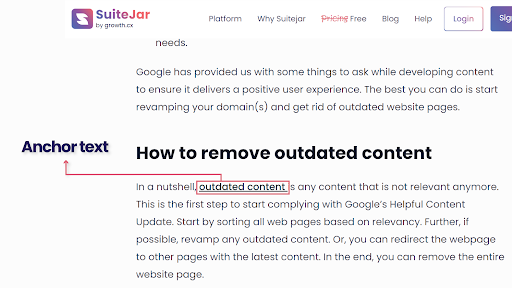
Anchor text is text in a hyperlink that helps rank the linked page in Search Engine Ranking Pages (SERPs). For example, if you have a blog post with the anchor text “SEO” in the headline and body of your post, Google can use this information to determine how relevant your post is to a user’s query. The more relevant your content is to the user’s question, the more likely they will click on your link and read your article and more push it will receive from Google .
Anchor text optimization is a strategy that uses keywords and keyword phrases from your website, blog posts and social media profiles as anchor texts on other websites. This strategy is used by content marketers and bloggers who want their content to rank higher in search results than competitors’ content by using highly targeted keywords and phrases that match their target audience’s needs and interests.
What Does Anchor Text Do?
Simply put, Anchor text is a search term for which you would like to rank highly in the search engine results pages.
In other words, you want your keyword to be the most relevant keyphrase in the search results. Moreover, the purpose of anchor text is to help search engines find relevant content on your site. When someone clicks on an anchor text link, it sends them directly to the page you provide in response to their query.
For example, if you have a website about dogs and someone searches for a dog, your anchor text should be “dogs”. If someone searches for “dog food, ” your anchor text should say “dog food”.
Your site’s URL tells Google where to find your content. If someone types in “how-to-use-a-dishwasher,” for example, Google will find all pages with the word “how” in their URL and display them at the top of its search results page. That’s because Google sees this as an instruction manual or dishwasher manual, which makes sense since all online manuals have URLs that begin with ‘how.’
Your anchor text will be what appears in the search results next to your target keyword. You’ll see better results in the search engine results pages (SERPS) if your content is highly relevant to your target term. Moreover, Anchor text improves a website’s perceived relevance to search engines like Google. This raises the website’s position in Google’s SERPs and thus boosts the volume of visitors.
Why Is Anchor Text Important?
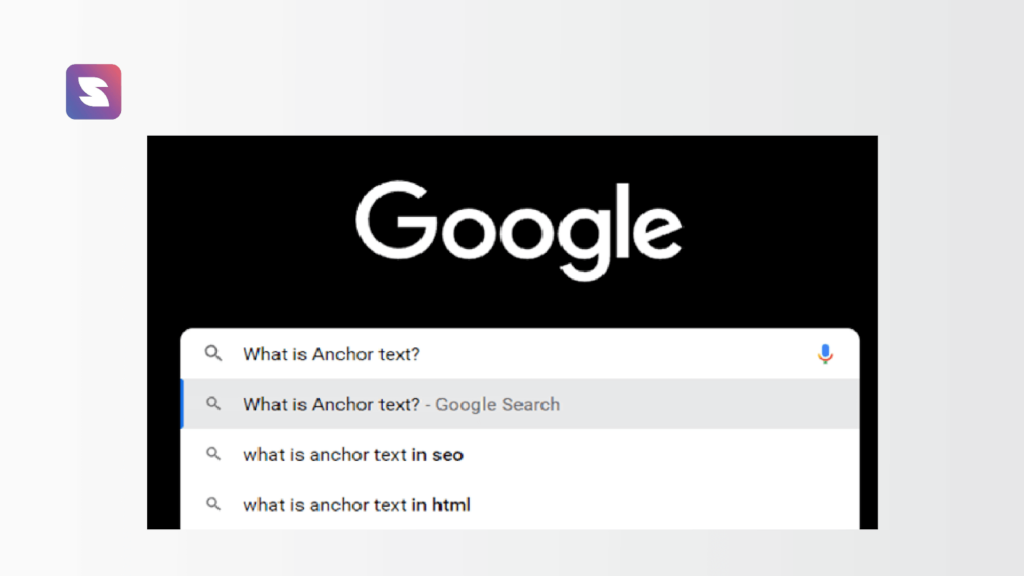
You can use specific keywords to target certain content on your site, but how you target it depends on where you rank in search engines.
It’s crucial to have a strategy for the keywords you’re targeting. The easiest way to get people to visit your site is to consider the keywords they could use to find it and then evaluate how well those keywords match their needs.
Anchor text is essential because it provides a link between two other sites or pages. If someone visits one page on your site and clicks on an anchor tag (just like a link except that it doesn’t link directly to another), then Google will know that they visited that page because of what came before it.
A search engine’s algorithm considers the number of clicks on a link and how many times the link has been clicked on in previous months or years. The more clicks and visits a website receives, the higher it appears in search results. This is why it’s essential to have relevant anchor texts. If your anchor texts are not relevant, visitors may find it difficult to click on your links because they don’t know what you have to offer them.
This not only benefits your search engine rankings, but also your Google Analytics metrics. If people are finding your site using a popular search engine like Google and clicking through, that suggests you’ve established credible backlinks.
Types of Anchor Text
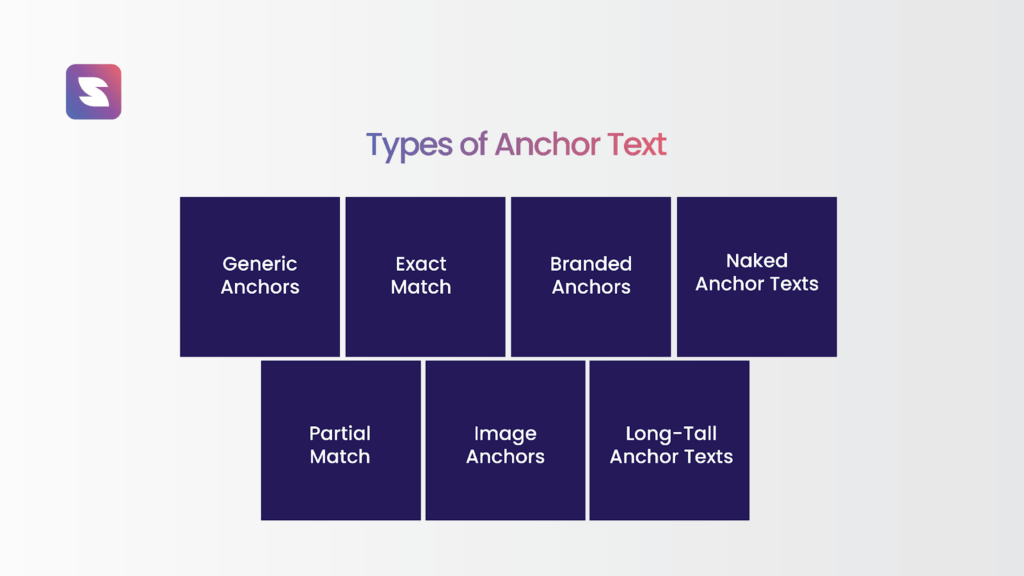
Exact Match Anchor Text

Exact match anchor text is the most important type of anchor text. It’s the one that tells Google to look for that exact phrase on your page. It allows you to use the exact keyword for the page you are linking to.
Anchor text with an exact match is also the hardest to get right. It can be difficult to discover the perfect precise match for a term that stands out from the rest of your page’s content without being so unusual that Google flags it as spam or an advertisement.
To make use of exact match anchor text, at least two of the keyword’s individual words must be present in the anchor text itself.
This can be hard to do if you have a long-tail keyword, which is why experts recommend making sure that each word in your keyword phrase is at least three characters long.
In the above example ‘compelling introductions ’ is the anchor text and it will take you to the page that talks about compelling introductions .
Partial Match Anchor Text
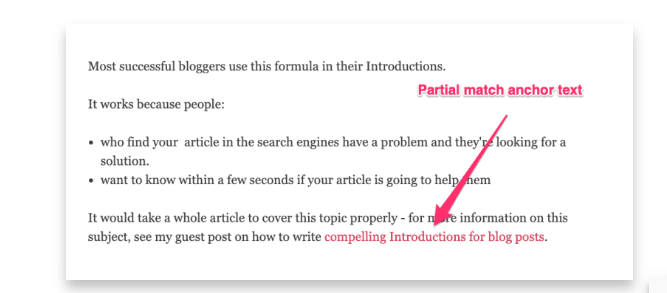
This is the simplest type of anchor text. The partial match anchor text tells Google your website’s URL but not the keywords you want to rank for.
This is a more readable and less complex kind of anchor text. No adverbs or commas are required. This also means that you can rank for a keyword with less characters..
For example, If you have a website called “example.com,” and you want to be found by people searching for “example,” then you would enter “example” as your partial match anchor text.
This is a great way to get more traffic from Google because it’s what searchers are looking for. When they click on your link and land on your site, they’ll see a headline that matches what they were searching for (and hopefully also makes sense).
Writing such headlines is straightforward because you, as the author, have a clear understanding of the point you’re making and how it links to the rest of the text..
Branded Anchor Text

The most significant use of anchor text is in branded content. Search engines like Google give preference to sites that have the most relevant content for their users, and this might help you reach that audience. Branded anchor text is most effective when it is naturally woven into the text and has a purpose in the context of the piece.
You can also use branded anchor text in title tags, meta tags, URL shorteners and in your links. It would be best if you always remembered that the more relevant your branded anchor text is, the better your chances of getting ranked high on Google or other search engines.
These texts are also used when trying to rank for Google AdWords ads. If you are running an ad campaign on Google AdWords and want people to click on it, you will want them to see links that direct them to your site and not just the brand name of your competitor’s site that has an even worse backlink profile than yours does (and probably isn’t even relevant).
If you use branded anchor text, you can use your brand or product name. These can be helpful to search engines when it comes to determining your site’s relevancy in the SERP.
Example: if you have a blog about travel, the title of your post will likely be branded anchor text. However, if you have a blog about cars, you wouldn’t want to include “FirstCry” in the title of your post.
Generic Anchor Text
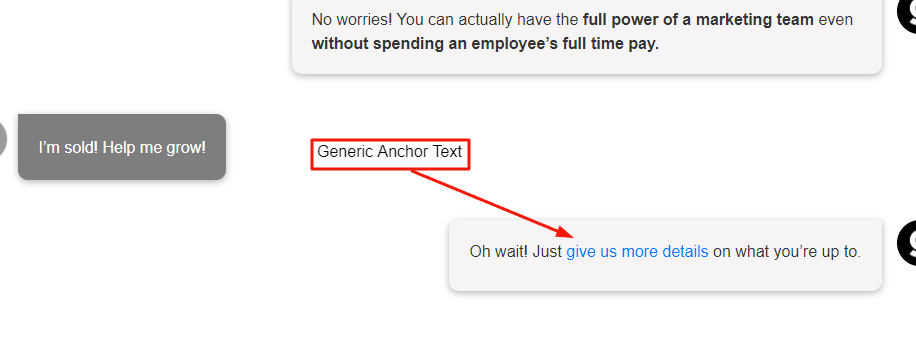
Generic anchor text can be the most important thing for a website. It determines how much your page will rank in Google and other search engines. Generic anchor text is any keyword that doesn’t relate directly to the page you’re linking to.
Generic anchor text is valid when you don’t have an exact match between what you want to search for and what your site is about.
For instance, if you write a blog post describing how to make chocolate milk, then it would be better to use “how to make milk” as your generic anchor text (and not just “chocolate milk”).
If you find that many pages on your site don’t have specific keywords, then you should use generic anchor text instead of exact matches like “how to make chocolate milk”. This allows Google Search to look at all of the pages on your site and find which ones have similar content.
Example: if you had a page about cars and people were looking for information on getting a new car, using generic anchor text such as “cars” or “automobile” would not help your rankings because those words have nothing to do with the content of your page.
But if someone searched for, say, “car insurance,” then your site would show up in their search results because it has information relevant to what they’re looking for.
Latent Semantic Index
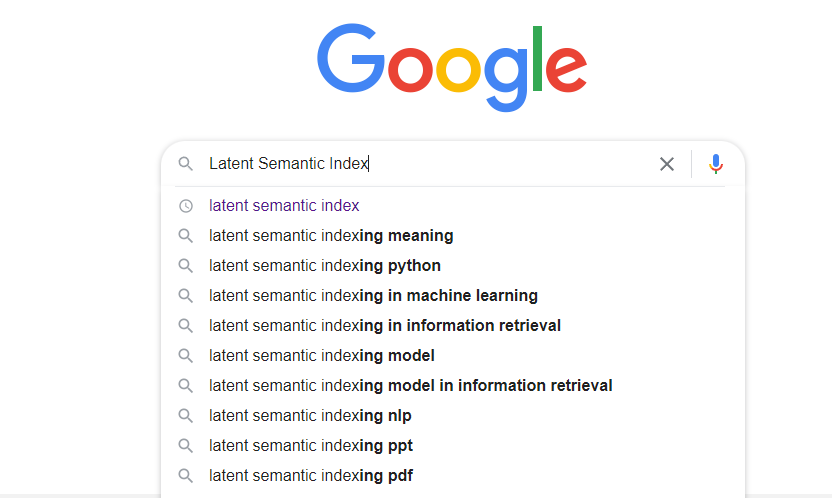
Latent Semantic Indexing (LSI) is a type of search engine optimization (SEO) strategy that uses semantic information to help users find relevant pages. It refers to the idea that every word has multiple meanings and contexts, often not just one.
This semantic value is used by Google when it indexes pages on the web. To understand how LSI works, it’s essential to understand what makes up a document’s meaning and context. Records can be broken down into components called “nodes”. A node has meaning because it references other nodes.
When Google searches for documents on the web, it looks at all of these nodes, which may also contain other nodes within them. The more nodes there are in a document, the higher its quality score becomes, so it ranks higher than lower-ranked documents when searching for relevant pages.
LSI works by analysing the relationships between words and phrases. If two words have a strong relationship, they will be more likely to be near each other in a document.
Example: the term “cat” can be used in different ways depending on how it is used in a sentence: as a noun for a domesticated house cat, as an adjective for something furry, or as an adverb for something small.
Image Anchor
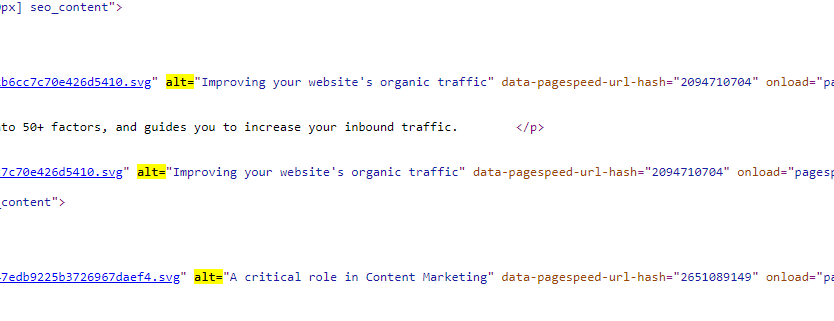
Image anchor text is any phrase or keyword used in an image description. This can be an excellent way to improve your rankings for specific keywords, but it’s important to remember that Google doesn’t use this tag for ranking factors.
Image anchor text is used when you want to link to a product page on your site. For example, if you have a product named “Widget,” and you want people to click on that product, then you would add the word “Widget” into the description of every image on your site.
Image anchors help visitors find your products by linking them directly to your storefront.
Image anchor text should be descriptive, relevant and local. It should also be written in a natural language, not simply keywords.
Example: If you have a photo of your product that has been featured in a magazine article, you would want to use article anchor text for that photo instead of simply using “article” as your image anchor text.
How to Optimise Your Anchor Text Strategy For SEO?
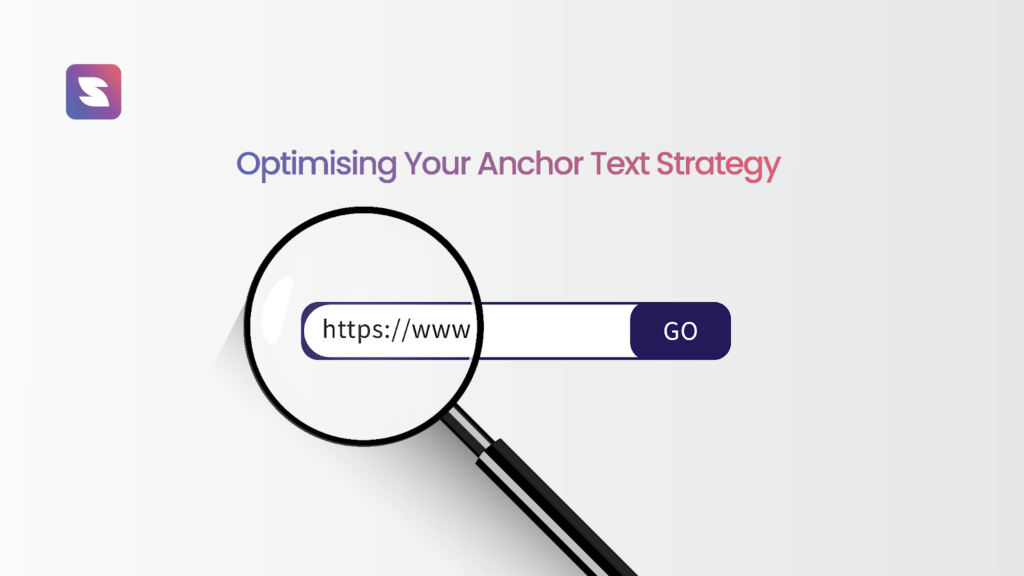
Optimise your anchor text strategy for SEO by using keywords relevant to your website’s content.
Optimising your anchor text strategy optimises the links on the search engine results page (SERP). This will help make your site more visible to Google and other search engines, which is why it’s important to ensure that you have a suitable anchor text strategy in place.
Optimising Your Anchor Text Strategy
Optimising your anchor text strategy aims to get as many high-quality links as possible from relevant websites. That way, when users click on one of those links, they’ll be taken to relevant content on your site instead of entirely elsewhere.
It’s important to remember that when people click on a link from another website, they don’t know what kind of content it might contain or what kind of quality visuals or information is included. You want them to interact with the content on your site instead — and if possible, give them an experience that will encourage them to come back again someday.
Conclusion
Ultimately, it will be up to you to decide how much time you want to invest in anchor text optimization. At larger websites with a dedicated SEO team, I guarantee that anchor text is being worked over, but at smaller websites, it’s up to you to enact these practices on your own. For consultants and site owners, the choice is yours. Start small and see what happens over time. If you’re particularly concerned about SEO, this shouldn’t be ignored or put off for long. However, don’t make optimizing for anchor text the cornerstone of your SEO strategy until you’ve already done some other foundational work.
Having the correct links can make or break your business. So, if you’re building your site based on SEO and using anchor text that’s not as relevant as it could be, you risk not reaching your goals. Following best practices will permit you to reach out to the market on a custom level and give insight into what works and doesn’t.